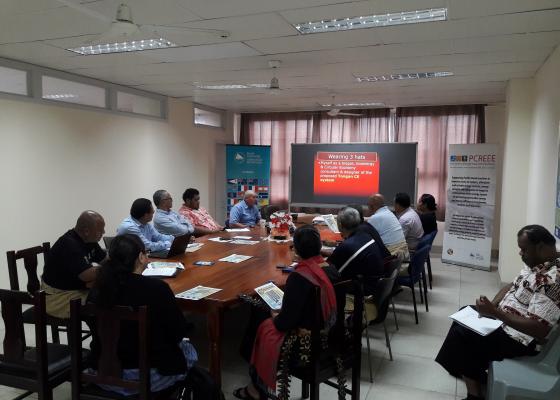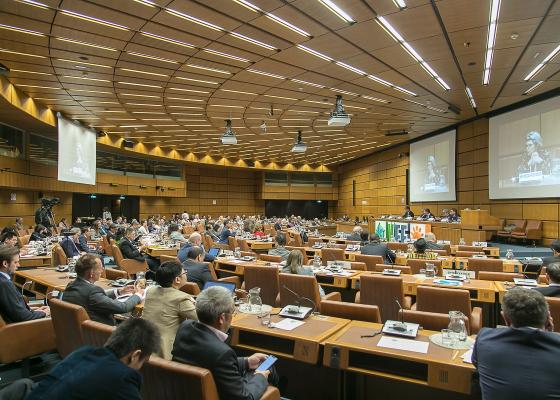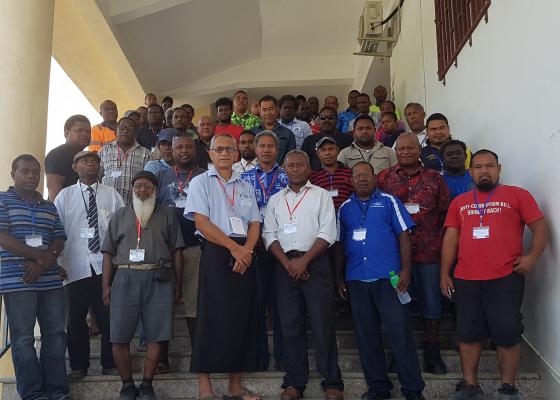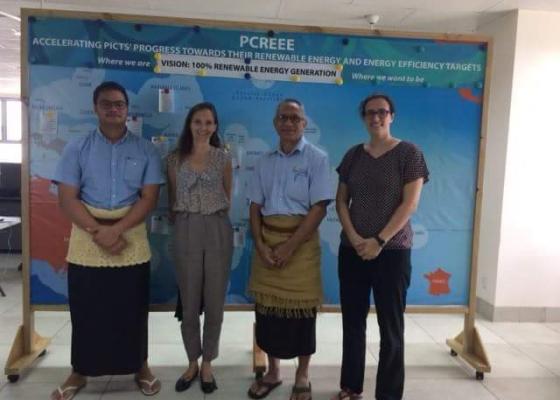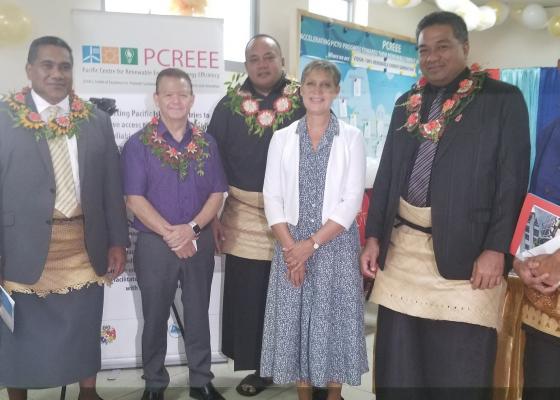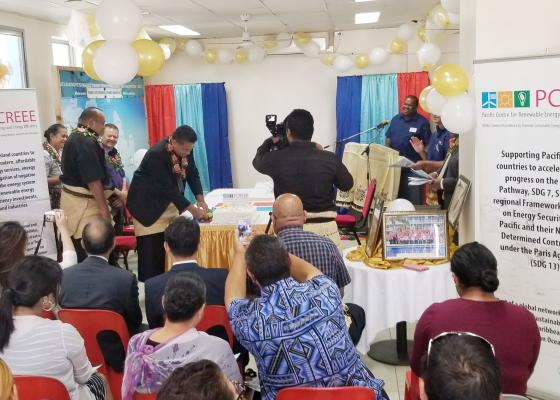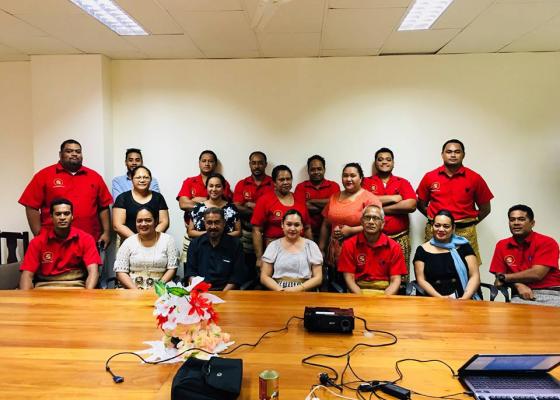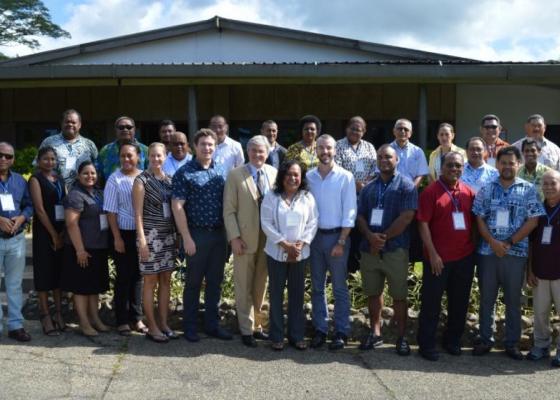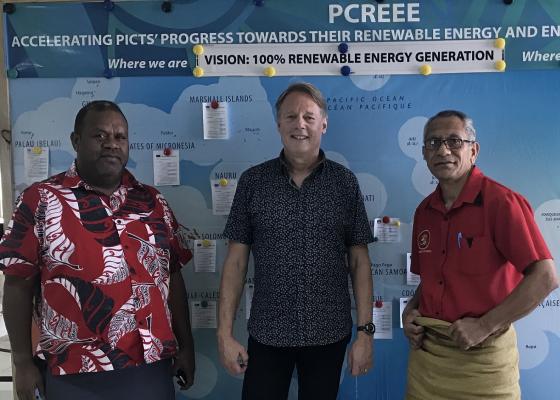Legislative Gap Analysis Report - Nauru Energy Sector 2018
Executive Summary - This report is part of the Nauru Energy Road Map (NERM) review assignment commissioned by the UNDP. The purpose of this Legislative Gap Analysis report is to:
- Identify any gaps between Nauru’s vision, goals and targets for the energy sector and existing energy-related primary and subsidiary legislation.
- Suggest and outline any revision to existing legislation and/or proposed new legislation (including an overall energy sector law) needed to effectively implement the updated NERM 2018 to 2020, as well as relevant higher level planning documents.
Drafting new legislation is a time-consuming process and enforcement requires various resources. Many of the Activities in the updated NERM 2018 to 2020 can proceed without new primary or subsidiary legislation. However, there are significant gaps in the legislative framework for the energy sector in Nauru and this review has sought to list its recommendations in two categories, priority areas and long-term approaches.
Recommended priority areas
These recommendations relate to Activities in the updated NERM 2018 to 2020.
- No new legislation is needed to establish the proposed NERM Coordination Committee (Activity C3.5, Q1 2018). However, a Ministerial (or Cabinet) direction to establish the NERM Coordinating Committee, and define its role, functions and operations as well as the Department of Commerce, Industry and Environment (CIE) as the NERM Coordinating Committee secretariat may be useful to maximise participation.
- Review and update NUC Regulations 2012 (Activity E2.3, Q1 2018). The draft NUC Power System Rules and Regulations provide a basis for this but need to be updated to include the framework for distributed photovoltaics (Activity C1.6, Q2 2018).
- Develop a legislative and governance framework for the energy sector, an overall Energy Act or other appropriate legislation (Activity C1.1, Q1 2019). This could incorporate defining CIE’s energy responsibilities and authority, reporting and monitoring as well as the requirements for Minimum Energy Performance Standards (MEPS) and labelling (Activity E3.2, Q4 2018).
- Review of regulatory or policy barriers (e.g. import duties) to efficiency and renewables investments, (Activity C1.5, Q1 2019).
Recommended long-term approaches
These recommendations relate to further legislative work that the Government of Nauru (GoN) may need to consider once key aspects of the NERM Activities are implemented.
- Towards the end of the updated NERM 2018 to 2020, this legislative gap analysis should be updated and expanded to cover related issues in transport and fuels (e.g. vehicle efficiencies, electric vehicles and fuels quality) in more detail. Consideration should also be made in expanding the scope to cover environmental management issues.
- Consider revising the NUC Act to potentially improve governance as well as introduce competition and facilitate private investment. While the GoN has decided to not have an independent energy regulator and allow NUC to be responsible for all electrical energy issues, this approach may need to be reviewed in the future.
- Consider new primary or subsidiary legislation for vehicle fuel efficiency standards and labelling as well as any issues associated with the introduction of electric vehicles.
- Consider new primary or subsidiary legislation to improve building standards, labellingand energy efficiency of existing and new buildings.
- Consider new primary or subsidiary legislation for fossil fuels, alternative fuel, renewable energy and other energy data release and publication.
The final recommendation relates to NUC’s website not being available for the duration of this assignment and CIE’s preference to not have a website.
- Consider subsidiary legislation to require NUC and CIE to have publically available websites that are updated frequently.
Upcoming Events
-
12/08/2025 to 12/12/2025
-
03/02/2026 to 03/03/2026







